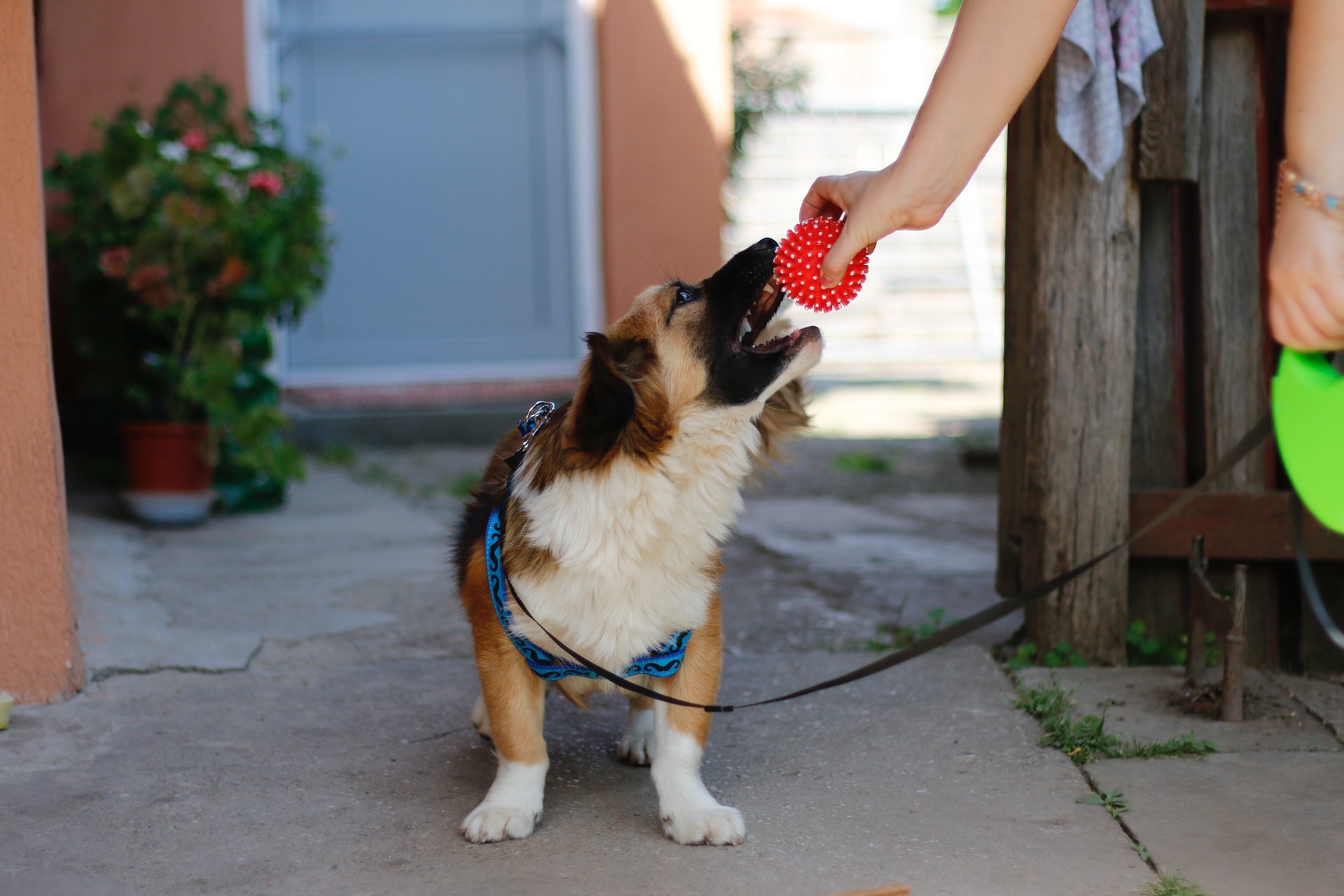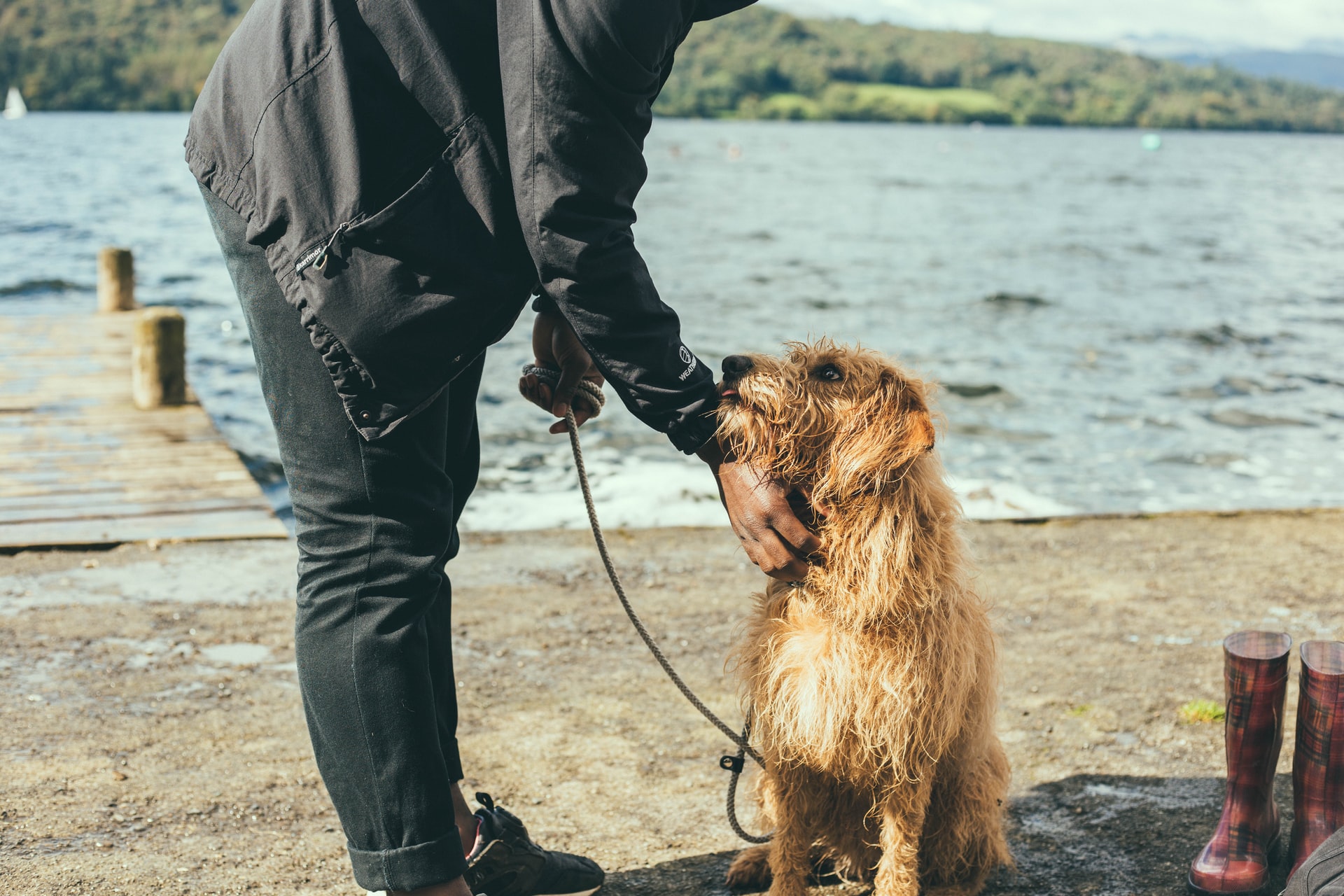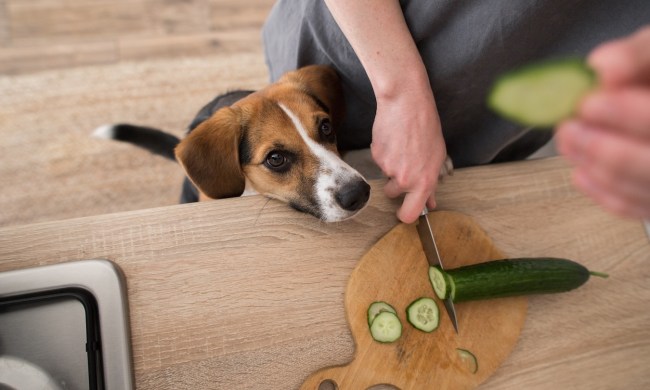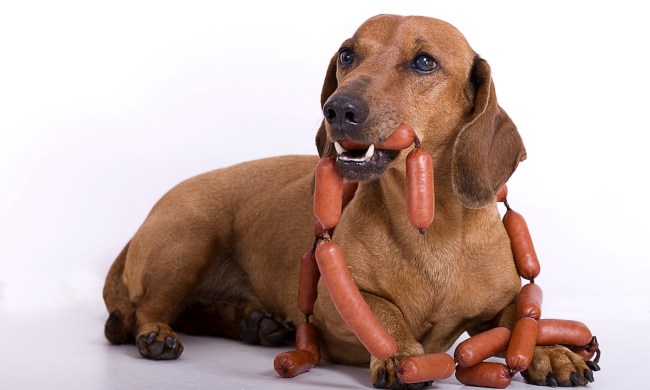Unlike the new digital toy you just purchased, a dog doesn’t come with an instruction manual. And, while it’s also not possible to program your dog like you would a television remote, with a little love and a lot of patience you can train your dog to get the results you want.
Successful training methods
Your dog’s inquisitive nature makes him a natural born learner, his big appetite is a great motivator, and he has a strong desire to please his favorite human. That adds up to a winning combination, especially when you add love and patience to the equation.
The training method you choose depends upon how your dog is motivated. Here are two popular methods to consider:
Positive reinforcement
This form of training rewards your dog’s positive behavior using something he truly loves, such as his favorite treat, toy, or activity. Whenever your dog receives a reward for doing something — good or bad — he is more likely to repeat the behavior so this method of training focuses on giving a reward immediately after a desired action occurs.
For example, if you’re teaching your dog to sit, he would receive a reward the moment he obeys the command. Each reward reinforces the association between the command and receiving something desirable.
Clicker (marker) method
This method works well for dogs who are food motivated and involves using a training tool called a clicker, which you press at the exact moment your dog performs a desired action. For example, when teaching your dog how to sit, you would activate the clicker the moment he sits on command, followed immediately with a training treat. Your dog will quickly learn to associate the sound of the clicker with a reward.
The challenge with this method is to press the clicker at the exact moment the desired behavior occurs. Any lapse in timing can confuse your dog.
Note: This method works best for dogs that are extremely responsive to your praise. Dogs that aren’t motivated by food may be more responsive to playtime with a favorite toy or activity, such as a walk with his favorite human.
Make a plan
Before you get started, make a plan. Determine exactly what you want your dog to learn, a quiet place and time where you can train uninterrupted, and which training method you will use. Then, gather your supplies:
- Dog training treats: Every dog is different so choose a food your dog likes. You can buy training treats at your local pet store or simply use something from your own refrigerator. Training treats are small, about the size of a pea, since you’ll be using a lot of them during training.
- Collar and leash: Now would be a good time to invest in a collar and leash, especially if your training plan includes teaching your dog proper leash etiquette.
- Training clickers are used to signal good behavior. When used properly, dogs associate the sound of the clicker with a positive reward, such as a treat or praise.
Getting started
Once you have made a plan, chosen which training method is best for you, and gathered your supplies, it’s time to start training. Remember to keep your sessions short, meaning about five to 10 minutes at a time, in an area of your home or yard where there are minimal distractions. If you’re not sure where to begin, these three basic commands are good places to start.
Sit
- Teaching your dog to sit on command is fundamental to learning other commands.
- Put a treat in your hand and hold it close to your dog’s nose.
- Say the word “sit.”
- Move your hand slowly from his nose to his forehead until he moves backward and sits.
- Press the clicker (if you’re using one) and immediately give him his treat.
Lay down
Once your dog has mastered how to sit, he’s ready to learn how to lie down on command:
- Put a treat in your hand and ask your dog to sit.
- Say “down” as you move your hand from in front of his nose to the floor.
- Press the clicker (if you’re using one) once he is lying completely on the ground and give him his treat.
Stay
This is another command that builds on “sit.”
- Stand a few feet in front of your dog and ask him to sit.
- Extend your arm in a “stop” gesture and say “stay.”
- Back up a few steps. If your dog continues to sit still, press the clicker (if you’re using one) and give him his reward.
- Continue the process, gradually increasing the distance between you.
Patience along with big doses of love and praise are an important part of the training process. But don’t forget — spending time together is the best reward.
If you’d like to learn more about dog training and discipline, check out our guide to find out about effective, positive ways to discipline your dog.




